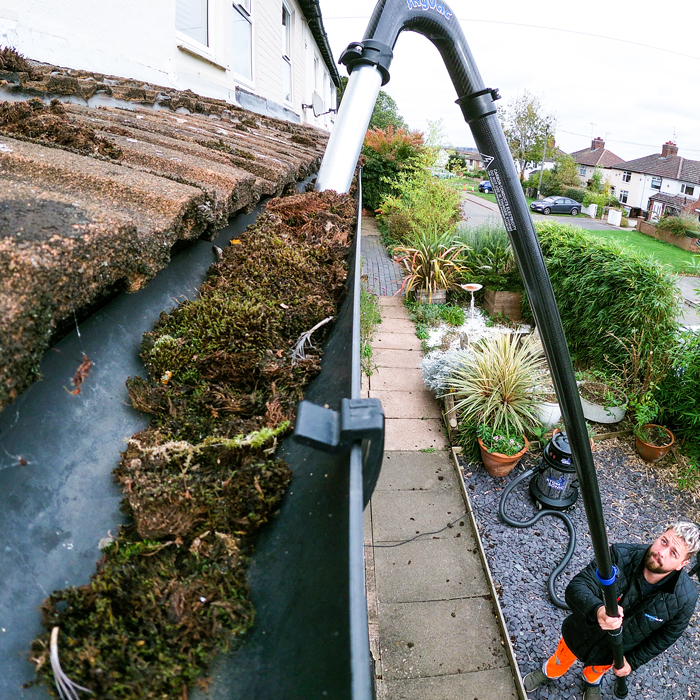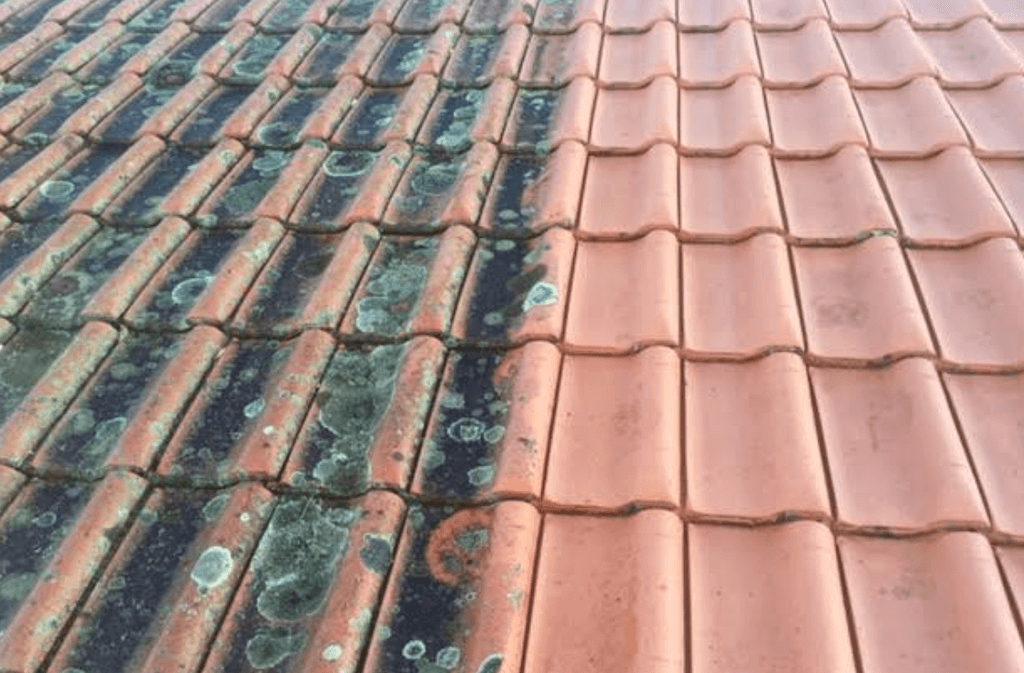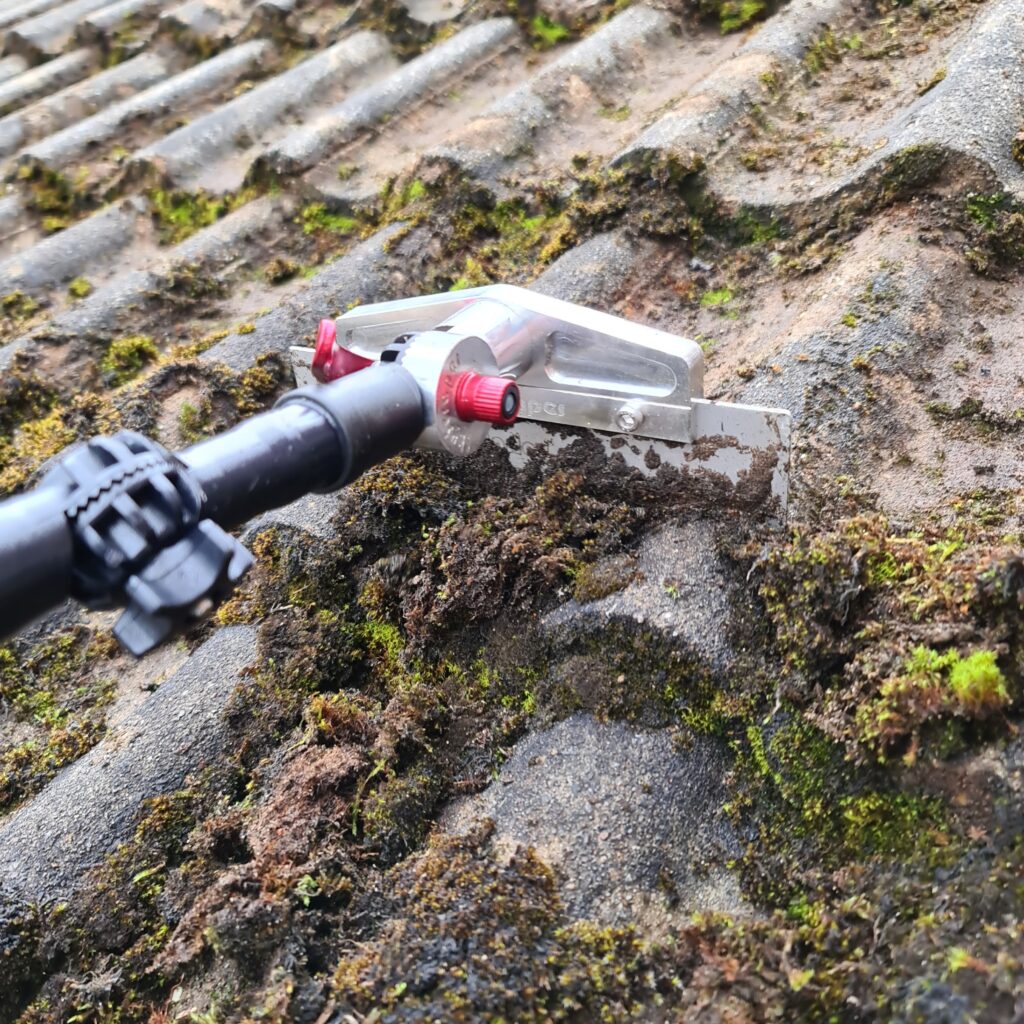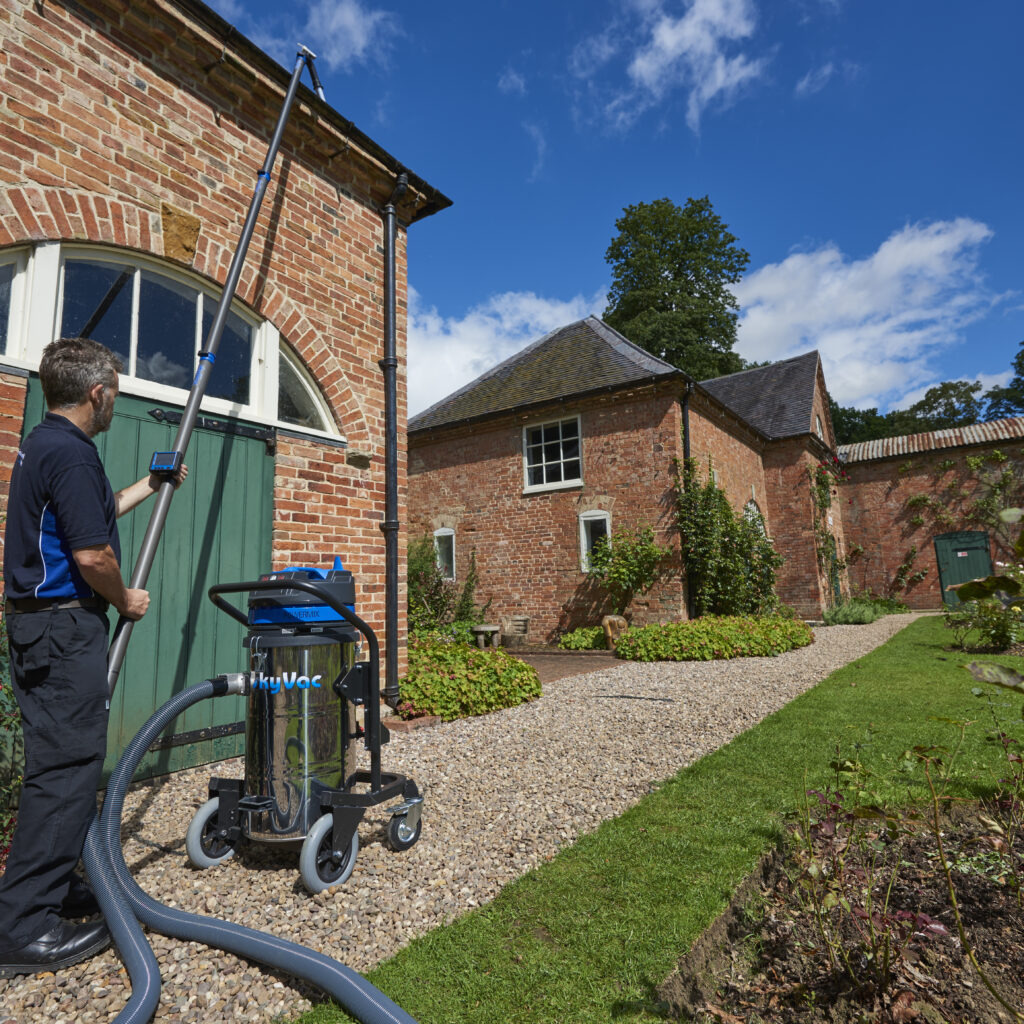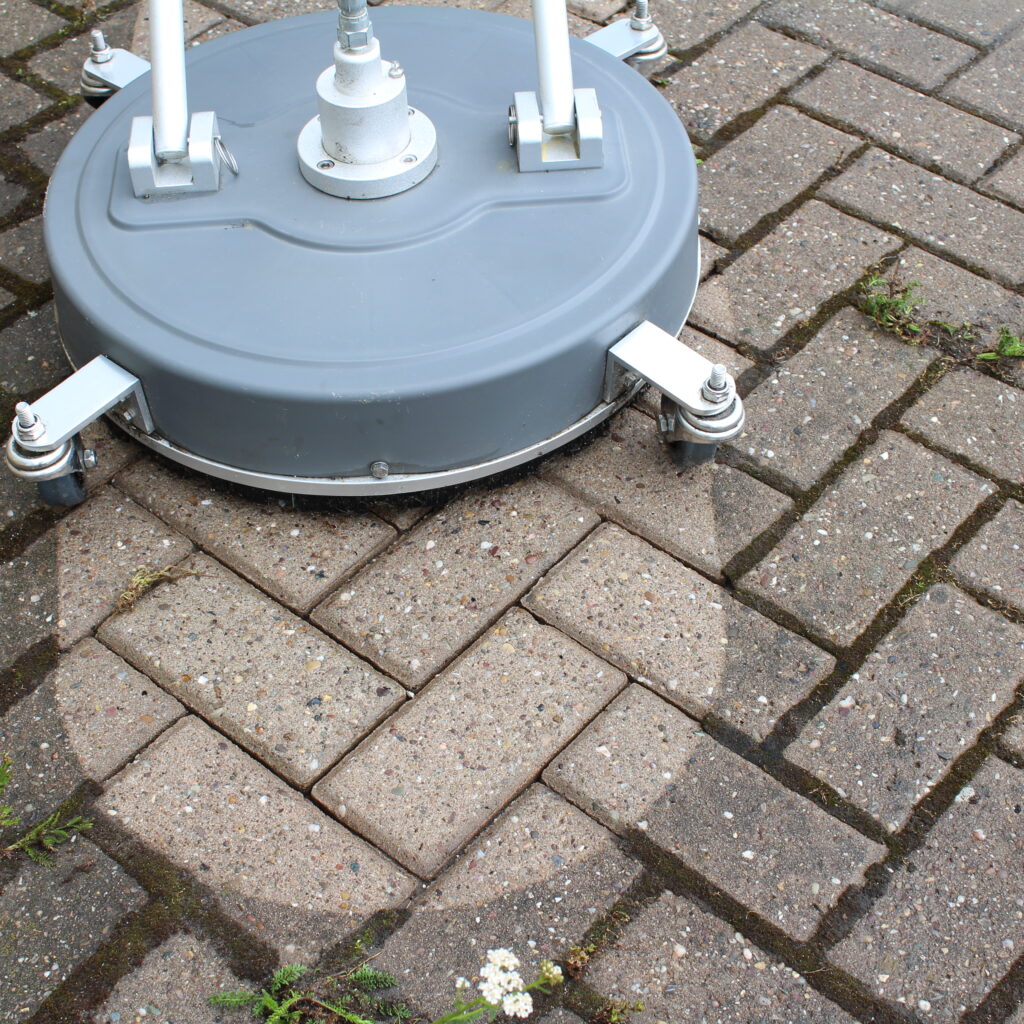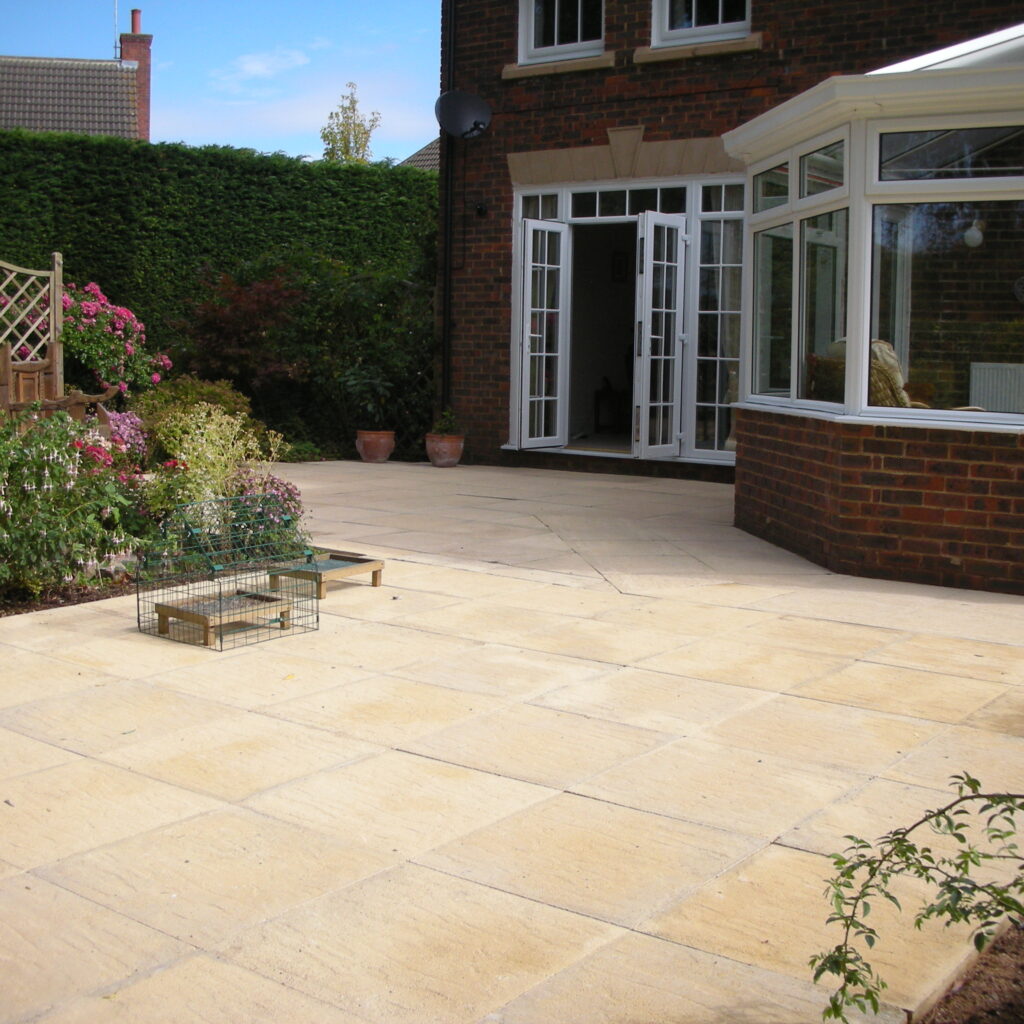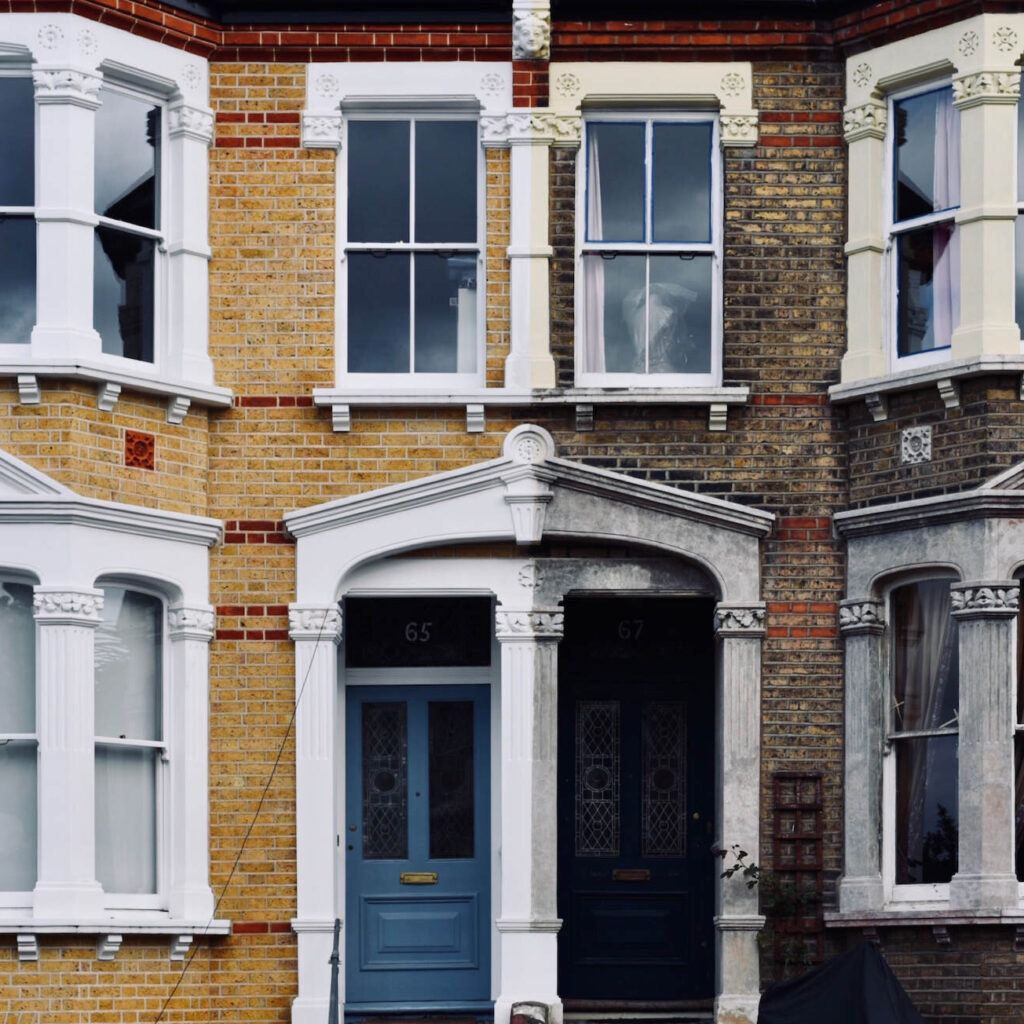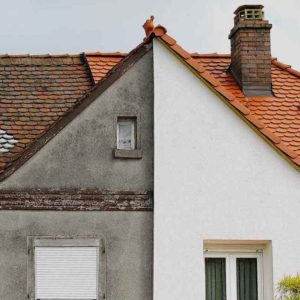- Professional
- Reliable
- Amazing Results
Here at...
Omnia External Surface Cleaning
We take pride in delivering excellent cleaning services while maintaining exceptional results. Our team is fully insured and equipped with expertise in both residential and commercial cleaning. Rest assured, we strictly adhere to health and safety guidelines to ensure that our work is executed to the highest standard and with utmost safety precautions. Feel free to reach out to us, and we’ll gladly provide you with more information, offer a personalized quote, or even schedule a meeting to discuss your specific requirements in greater detail.
Got some questions?
Frequently asked questions...
If you notice any of the following, it’s time to clean your render:
- Algae or moss growth
- Stains from things like rainwater or dirt
- Cracks or flaking
- Rust stains
- Looks dull or dark
If you want to clean your render effectively, using a pressure washer is a great option. These machines are capable of removing algae, moss, dirt, and other types of build-up from your render quickly and easily.
However, it’s important to be cautious when using a pressure washer. To avoid causing damage, keep the nozzle at least 12 inches away from the surface and use a low-pressure setting. Additionally, using a fan nozzle can help distribute the pressure evenly across the surface.
A layer of protection called render is commonly applied to the exterior walls of buildings to enhance their resistance against natural elements. This protective layer shields the walls from corrosion, staining, and decay caused by external factors like rain, wind, and algae.
Apart from its weatherproofing properties, render is also utilised for its aesthetic appeal. By adding colour and patterns to the walls, rendered surfaces can give a property a unique and distinctive appearance, which can ultimately boost its value.
Render can be classified into two primary categories: traditional and modern render.
Traditional Renders
- Sand and Cement Render
- Lime Render
- Dry Dash Render
- Clay Render
There are several types of traditional renders that have been used for centuries to offer protection to buildings from weather-induced damage. One of the oldest render types is lime render, which is best suited for properties built before the 19th Century. Lime render is flexible and breathable, allowing for the necessary process of water absorption and evaporation in older structures.
It is important to use the right type of render for a building, as the wrong kind can cause damage and accelerate deterioration. If a render that does not allow for proper evaporation is applied, water can become trapped and lead to significant structural damage.
Modern Renders
- Acrylic Render
- Silicone Render
- Monocouche Render
- Polymers Render
For properties built after the 19th Century, modern renders are the primary choice. These renders contain additives such as silicone and polymers, which enhance their qualities. They make the render more breathable, water-resistant, and resistant to cracks. Modern renders are designed to work well with the construction methods used in modern buildings, allowing for natural movement.
One of the advantages of modern renders is that they can be through-coloured, eliminating the need for painting the surface. Monocouche render, in particular, is highly successful in achieving a desired color as the color is directly mixed into the render.
By understanding the different types of renders available, you can choose the most suitable one for your property based on its age and construction methods.
The amount of cleaning your house’s render will vary based on its environment and type. If you reside in a coastal or polluted area, you may need to clean it more frequently. Our suggestion is to clean your render annually, but adjust as needed.
Its likely that this powdery white material is efflorescence, which is the migration of salt to the exterior of a permeable material, such as brick, creating a layer. When moisture passes through a wall, or when water is expelled due to heat or hydration, this mechanism pushes salts to the surface. Depending on the extent of the harm, these bricks can be cleaned or replaced.
Brick homes are incredibly low-maintenance. With a history dating back hundreds of years, brick is a durable material that stands the test of time. Unlike other materials, brick won’t decay or rot. While some maintenance may be necessary due to regular wear and tear, it typically involves tasks like repointing, brick repair, replacement, and cleaning, although not all at once.
